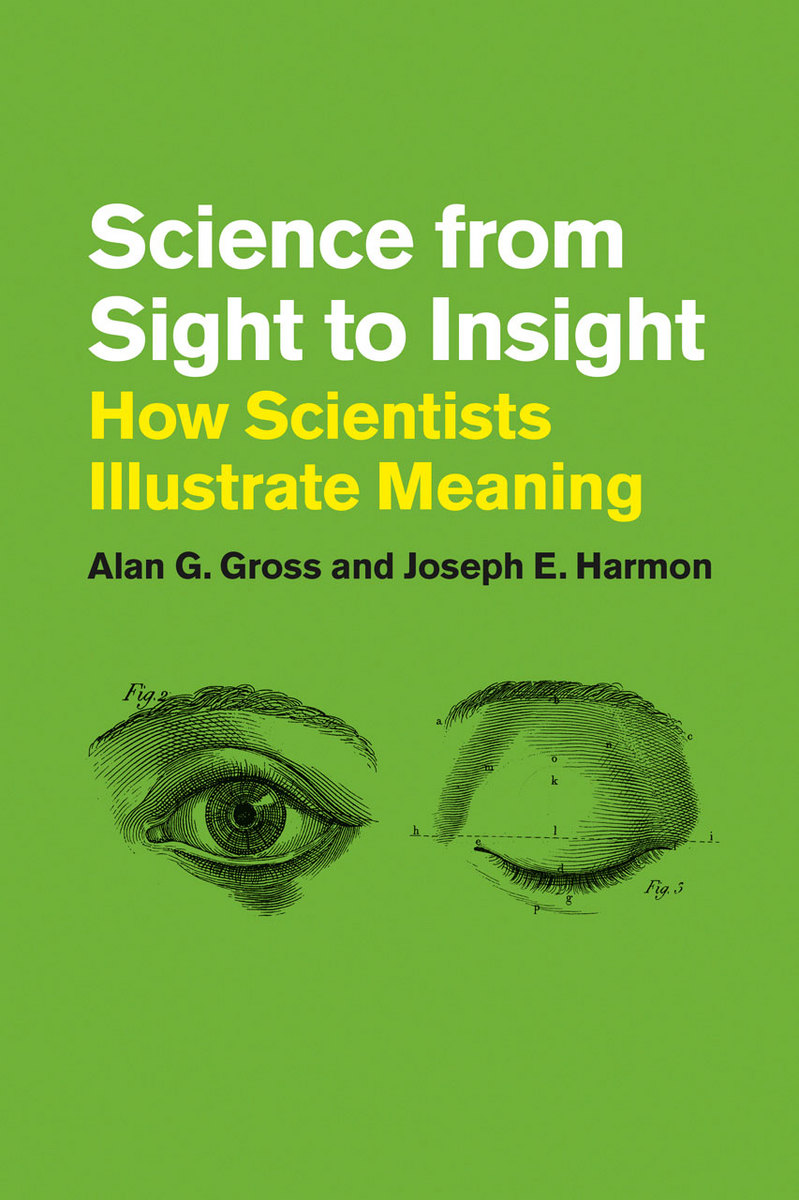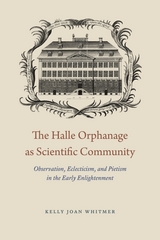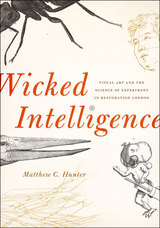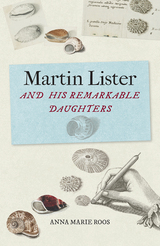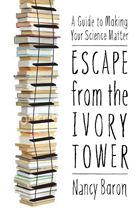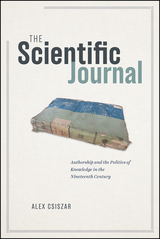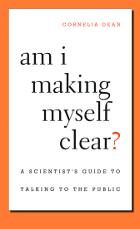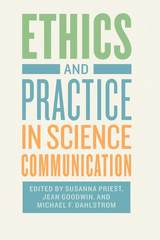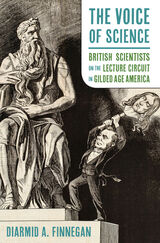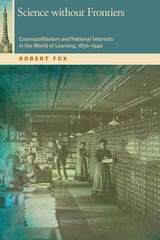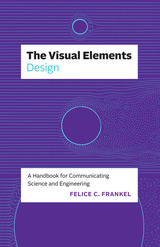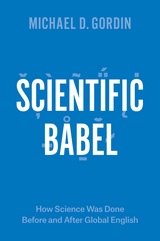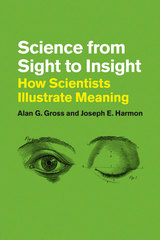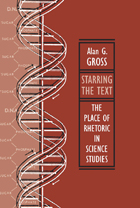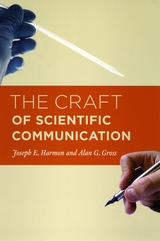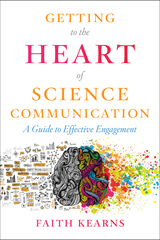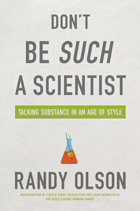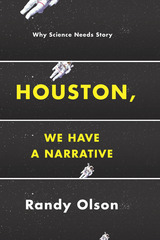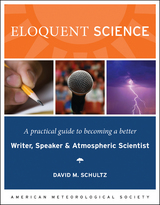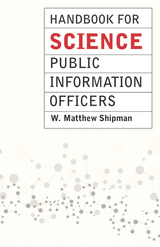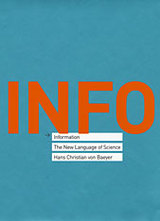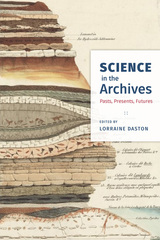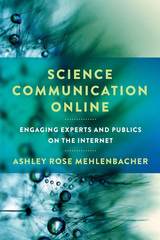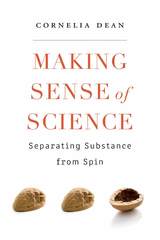“Science from Sight to Insight addresses a question identified by scholars across the science studies spectrum: What role do visuals play in the formation and communication of scientific arguments? Gross and Harmon address this question with a theory of visualization in science rooted in philosophy, psychology, and semiotics, and they illustrate their theory in a fascinating sampling of cases that display their command of the history of science communication and of close reading practices. The book is a major contribution on a critically important subject.”
— Jeanne Fahnestock, University of Maryland
“Modern science transforms the world as picture, claimed Martin Heidegger. Gross and Harmon take this insight and trace it through multiple sciences, disciplines, and historical examples showing how science uses words and images, verbal and visual interactivity for its powers of insight. This book is a tour-de-force which has reaped lessons from recent science studies and is a must read.”
— Don Ihde, Stony Brook University and author of "Expanding Hermeneutics: Visualism in Science"
“Beyond aesthetics, scientific illustration must effectively communicate factual information in a clear and visually compelling way. Gross and Harmon present their extended insight that scientific images have epistemic importance, using well-supported reasoning, illustrations, and examples ranging from Socrates, da Vinci, and Shakespeare to Heidegger and McLuhan. . . . An intriguing exploration of ideas. Recommended.”
— S. E. Wiegand, Saint Mary’s College, Choice
“Too often scientific images are treated as afterthoughts . . . . Without imagery, science loses at least half of its meaning. The authors construct their theory regarding the importance of the interplay between visual and textual information in science using raw material mined from psychology, phenomenology, and other disciplines—all with the goal of demarginalizing science imagery.”
— Bob Grant, The Scientist
"Extensive research and sophisticated discussions."
— Society for Technical Communication
“Gross and Harmon tackle a subject of great importance to scholars of scientific discourse across disciplinary boundaries: the role of visuals in scientific arguments. One of this book’s major contributions to the field is its advancement of a theory of verbal-visual interaction to account for how scientific meaning is communicated. . . . Those who study scientific communication and who are interested in the role of visualizations in scientific arguments will have much to gain from reading Gross and Harmon’s new book. . . . The complexity of the framework advanced in this book opens up many opportunities for further exploration. On the whole, Gross and Harmon’s addition to science studies with this book, ambitious in its scope and meticulous in its analyses, cannot be over-estimated.”
— Maria E. Gigante, Western Michigan University, Rhetoric Society Quarterly
“Although I knew that Science from Sight to Insight would be about visuals in scientific communication, I was surprised at the depth of the research and philosophy behind the complex foundation of this book. . . . Professionals who are actively involved in scientific visualization studies will appreciate the vast and deep examination of applicable literature that gives Gross and Harmon the basis for their own argument. . . . Highly relevant to graduate students studying scientific and technical communication. . . . Meticulously researched and explained.”
— Diane Martinez, Western Carolina University, Technical Communication
“The soon-to-be-classic book on the topic. . . . Groundbreaking. . . . Sight to Insight has a tightly charted framework. . . . Gross and Harmon go a very long way toward enriching and anchoring a potent visual rhetoric of science.”
— Randy Allen Harris, University of Waterloo, Ontario, POROI: Project on Rhetoric of Inquiry
“The topic is of the greatest importance, as science has always been highly visual and is becoming even more so in the face of new imaging and data technologies with outputs that are irreducibly visual, yet at the same time highly dependent on their verbal and textual embedding. This book, promising to shed light on the relation between these two modalities, is timely and at the very least brings to our attention once again a series of questions concerning visual-verbal interactions in science. . . . The examples of verbal-visual interactions are rich in number, variety, and detail. . . . Gross and Harmon have made a worthy contribution to our understanding of the range of visual-verbal interaction in science communication.”
— Annamaria Carusi, Isis
